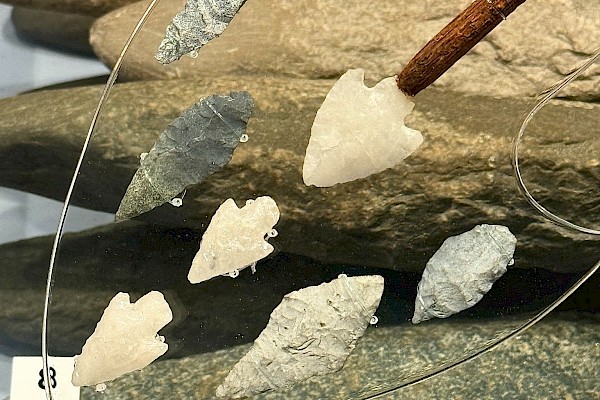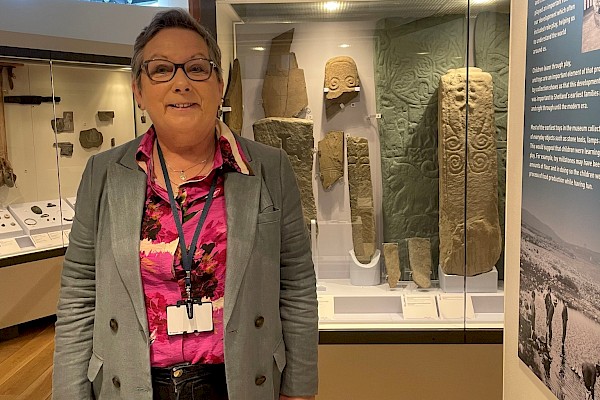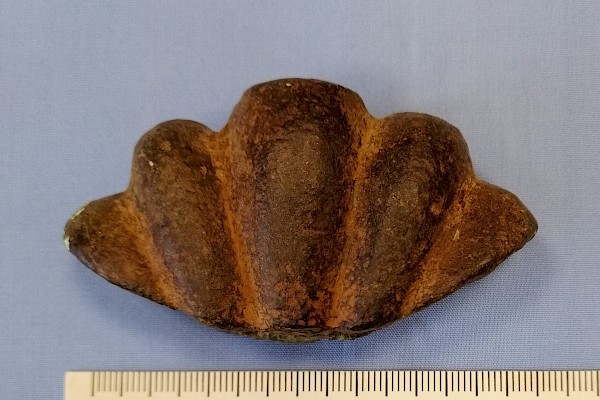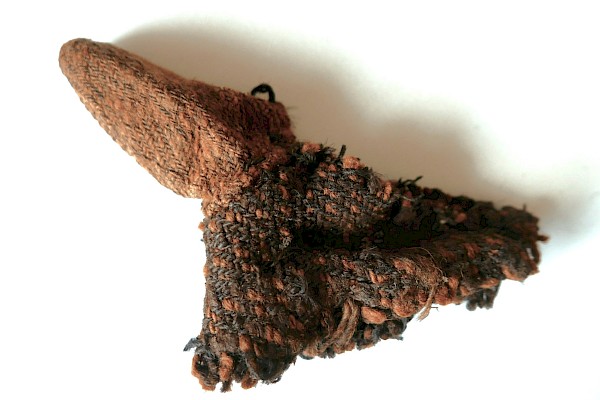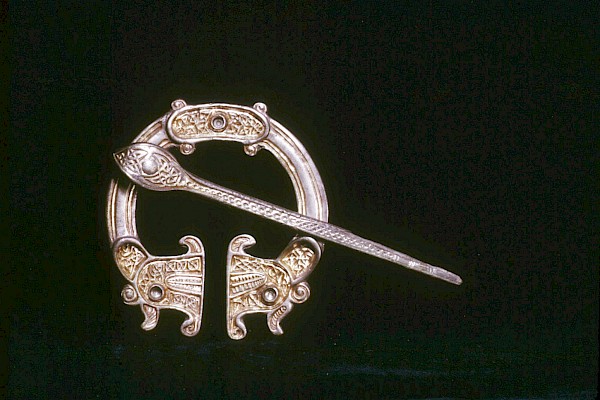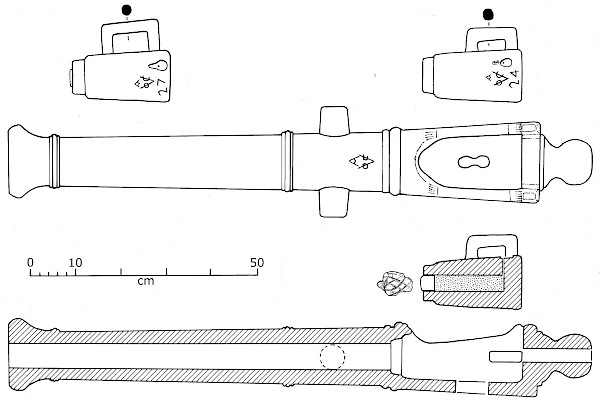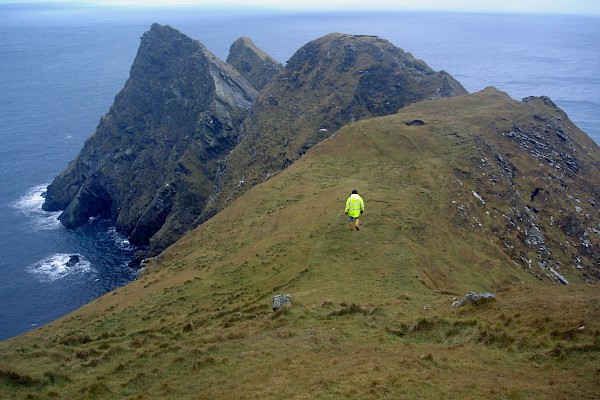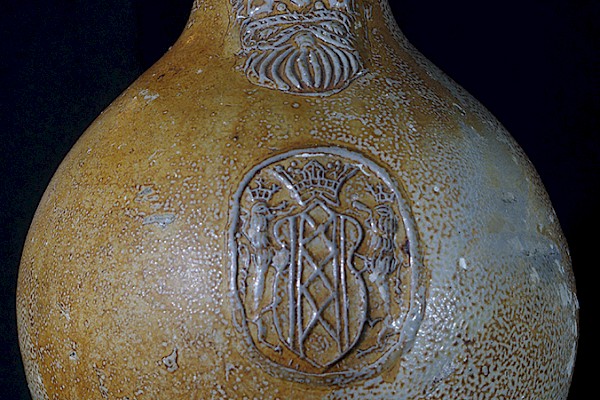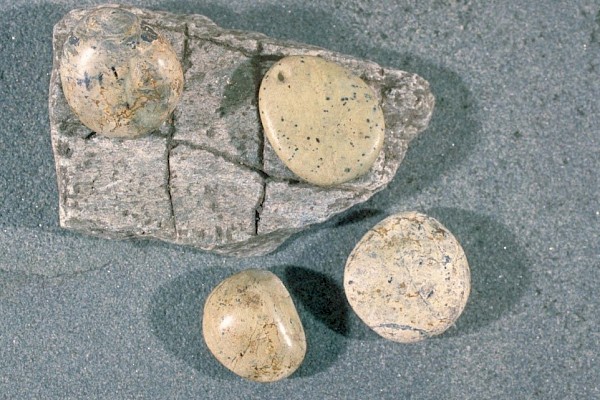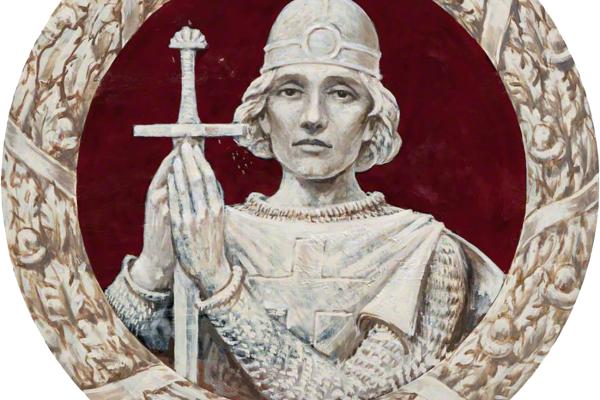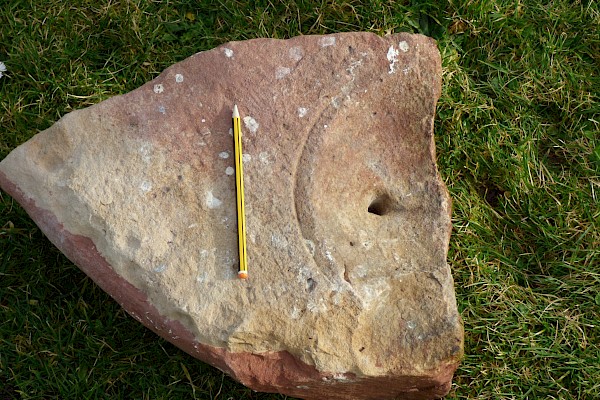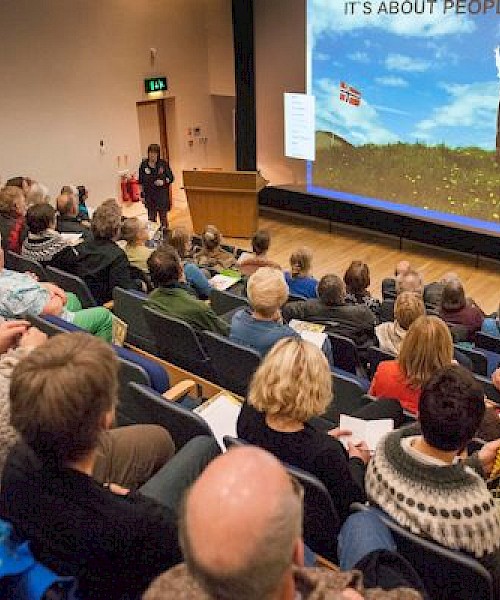Archaeology
Shetland’s archaeology is relatively recent – discoveries span from Neolithic (4000 B.C.) through Iron Age and Viking into Medieval. (A.D. 1500) The collection consists of site excavations and stray finds. It takes in all elements, from domestic, farming, fishing and religion. Most are routine everyday objects, showing that Shetland was never a centre of power and wealth.
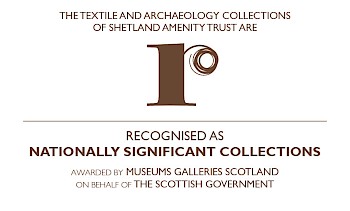 Early excavation finds are outwith Shetland, but we hold everything excavated since the 1960s. Finds from sites including the Neolithic houses at the Scord of Brouster, Iron Age brochs and village at Clickimin and Old Scatness, and the 16th century tithe barn at Kebister are held in our collection. Excavation assemblages mostly comprise duplicates of other material, such as pottery, hammerstones, ploughshares, loomweights and spinning whorls. However, most digs encompass objects seldom found otherwise in Shetland. These include Roman glass (Clickimin), Celtic altars (Papil), painted pebbles (Upper Scalloway) and a Norse millstone (Underhoull).
Early excavation finds are outwith Shetland, but we hold everything excavated since the 1960s. Finds from sites including the Neolithic houses at the Scord of Brouster, Iron Age brochs and village at Clickimin and Old Scatness, and the 16th century tithe barn at Kebister are held in our collection. Excavation assemblages mostly comprise duplicates of other material, such as pottery, hammerstones, ploughshares, loomweights and spinning whorls. However, most digs encompass objects seldom found otherwise in Shetland. These include Roman glass (Clickimin), Celtic altars (Papil), painted pebbles (Upper Scalloway) and a Norse millstone (Underhoull).
We have many stray finds, found by chance, either through cultivation or house excavation works, and most aren’t from site contexts. Some of our best finds have been discovered in this way, such as polished Neolithic knives and even Pictish symbol stones. Chance finds are usually found by non-archaeologists with a keen eye, for example, a Stone Age burial urn found by schoolchildren. Many stray finds are hard to precisely date, because objects continued in use for thousands of years; a loomweight may be 2000 or 200 years old.
Our archaeology collection also covers assemblages from marine sites, primarily 17th and 18th century Dutch and Scandinavian vessels. Artefacts include coins, trade items, weaponry and fragments of ships’ timbers.
The Archaeology collection cared for by Shetland Museum and Archives is a Recognised Collection of National Significance in Scotland, having received this accolade in 2014.
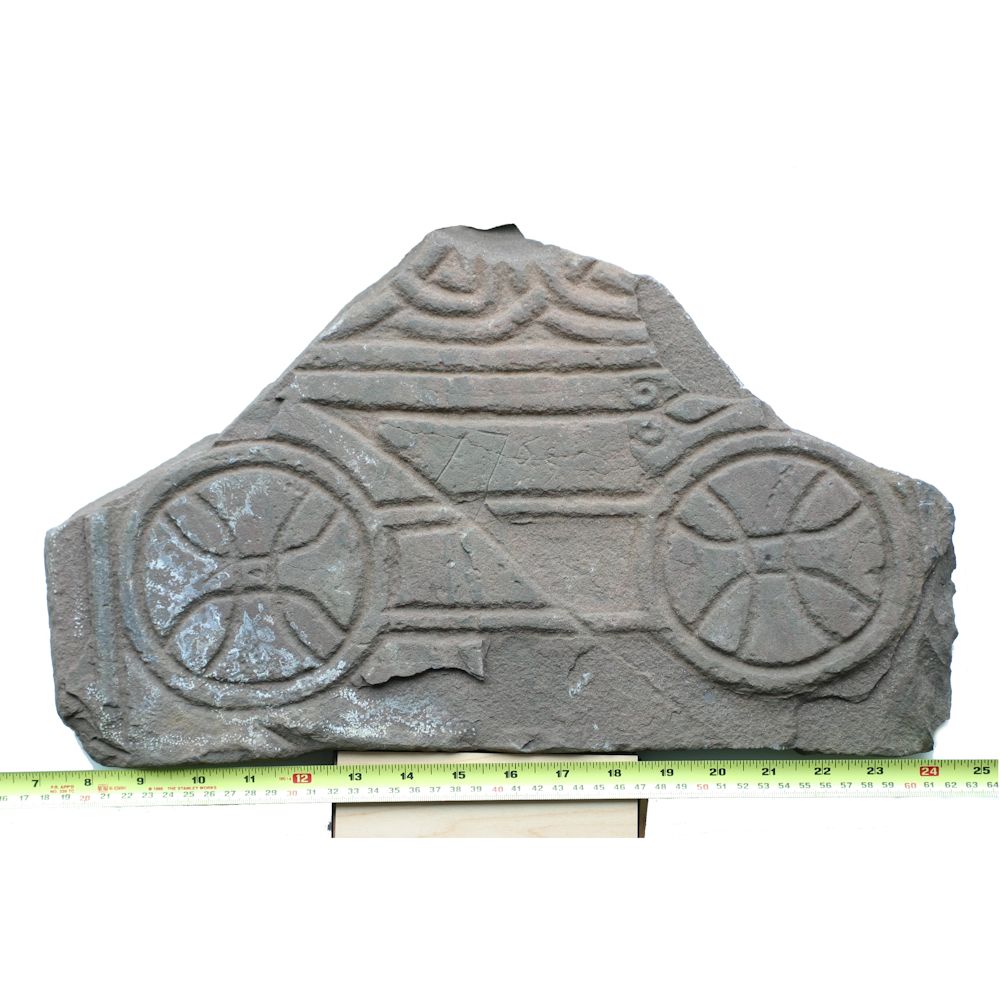 View Full Size
View Full Size View Full Size
View Full Size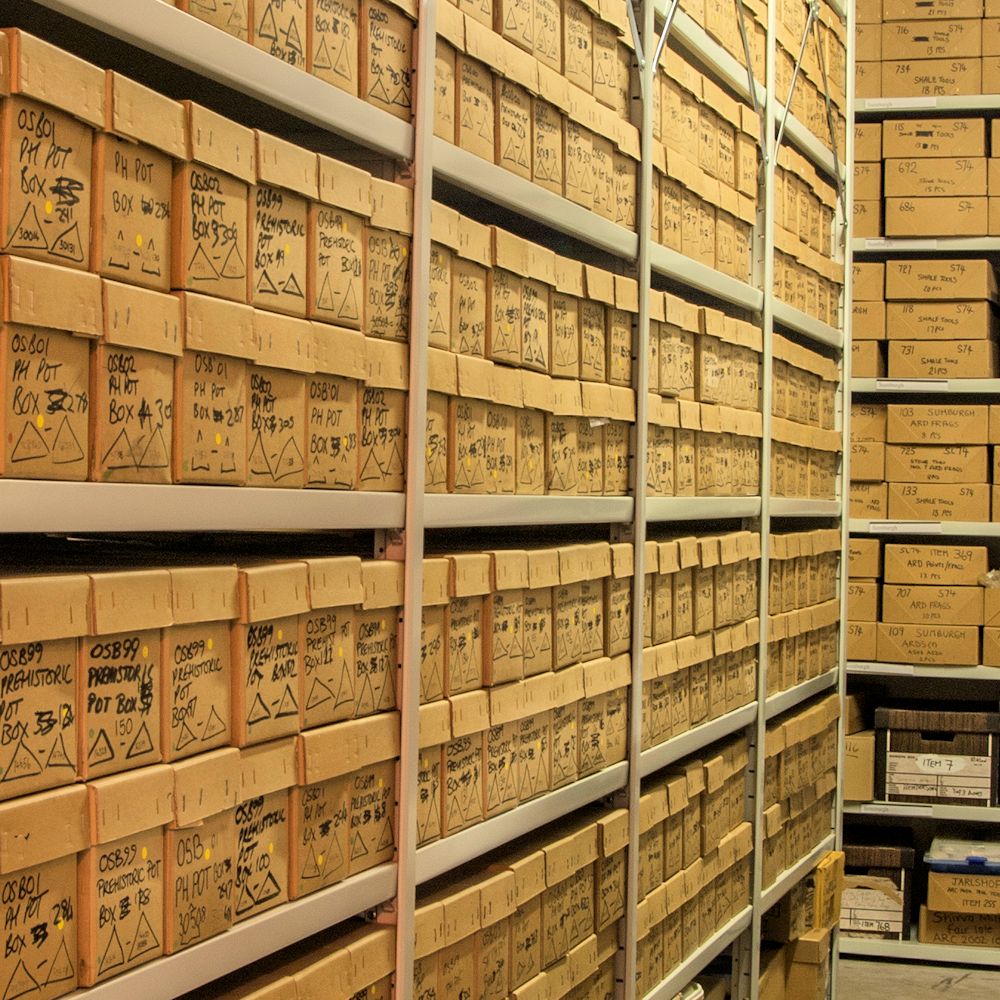 View Full Size
View Full Size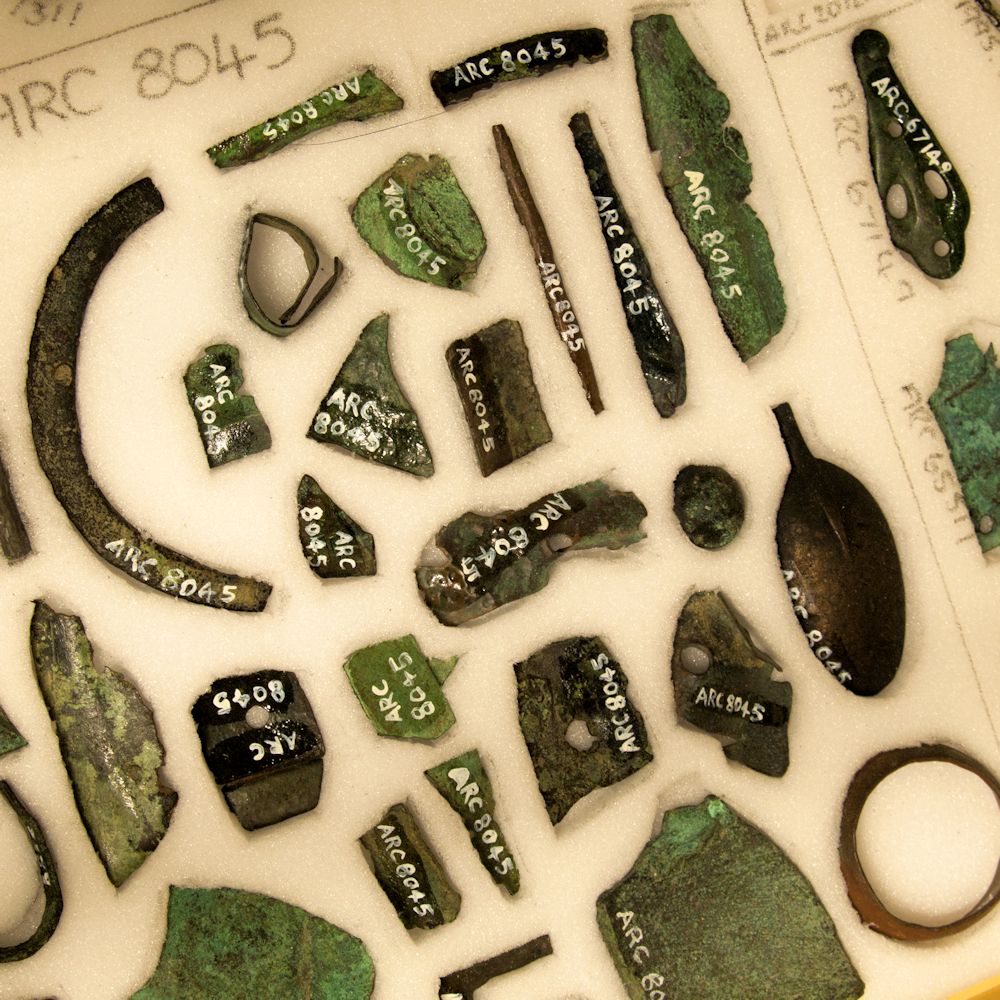 View Full Size
View Full Size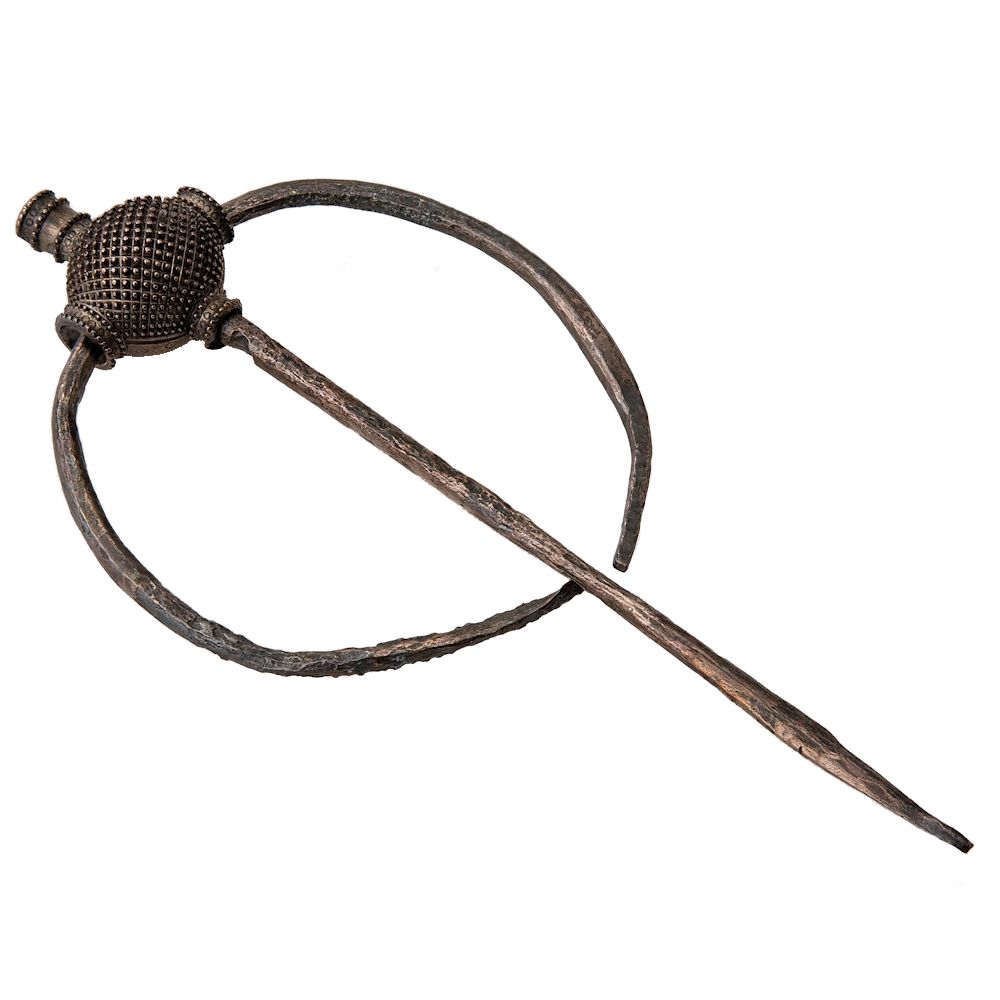 View Full Size
View Full Size View Full Size
View Full Size